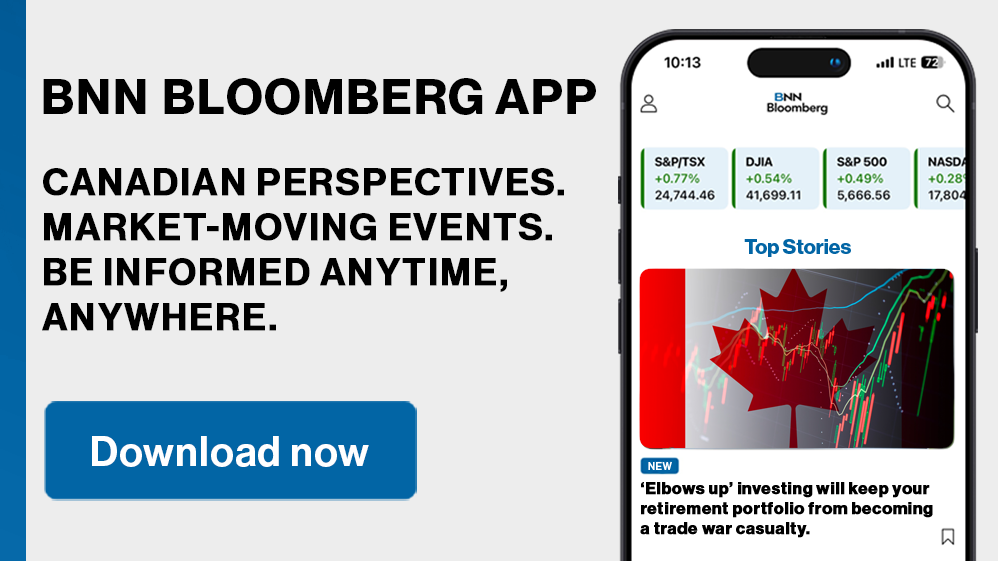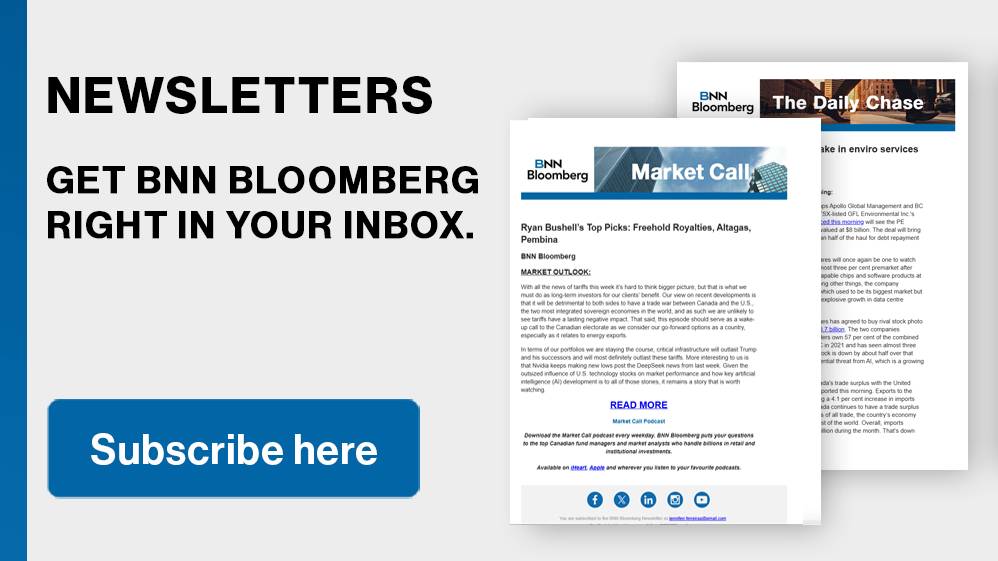WINNIPEG — Indigenous people in Canada are less likely than others to vote in federal elections — a legacy of decades of distrust and tensions between their communities and Ottawa.
Now, Elections Canada and Indigenous candidates are working to turn that legacy around and boost voter turnout in Indigenous communities in the current election campaign.
Before 1960, First Nations people generally had to forfeit their Indian status in order to vote in an election.
Memories of those days still linger, making some Indigenous people wary of casting a ballot. Others see voting in federal elections as a breach of the unique treaties their communities have with the Crown.
“It’s a tough conversation because there are people that don’t want to participate in westernized democracy,” said Jennifer Laewetz, CEO of Paskwâw Strategies, a consultancy that works with Indigenous organizations engaging with Ottawa or private businesses.
“But I also believe that everything we decide when it comes to voting definitely impacts us, especially right now,” she said, citing the economic and annexation threats coming out of the White House.
“We’re a sovereign people, but there’s still those things that happen within our country or outside the country that can impact us too.”
Tania Cameron, the Anishinaabe NDP candidate for Kenora-Kiitwetinnong, has 38 First Nations in her riding. She said that while she wants to see more Indigenous people vote, she also respects those who opt out on principle.
During the 2021 campaign, election officials were forced to move a polling site at Six Nations of the Grand River, near Hamilton, Ont., off the reserve in response to protests.
The week before the vote, the chiefs and clan mothers of the Haudenosaunee Confederacy Chiefs Council — a body that is older than, and operates separately from, the community’s band council — issued a news release calling for all polling stations to be removed from Haudenosaunee territory, calling it a violation of treaty rights.
They said agreements made by their ancestors commit them and the federal government to not interfering “in one another’s government, laws and ways.”
Cameron said she’s trying to change how people in her region think about voting. She said Indigenous people can defend their nations’ sovereignty by voting for the federal candidates they think would make “the best treaty partner” for their communities.
Billy Morin, former chief of the Enoch Cree Nation and the Conservative candidate in Edmonton Northwest, said he sees Indigenous participation in federal elections as part of the communities’ “partnerships” with the rest of the country.
“(A) treaty should be interpreted not for leaders and First Nations people to do nothing — it should be interpreted as a higher calling to participate with the Canadians to create partnerships for prosperity,” he said.
“It’s important that you participate and have your voice heard, because these are things that matter to everyday people that live on this land.”
Liberal MP Jaime Battiste — who is Mi’kmaq and whose riding includes Eskasoni First Nation and four others — said First Nations people in particular become more inclined to vote when they see Indigenous representatives in Parliament.
“In 2015, we saw an awakening from Indigenous Peoples in Canada about the importance of being involved in politics,” Battiste said, referring to the Idle No More protest movement that took hold under former prime minister Stephen Harper’s government.
“The Indigenous youth are one of the fastest-growing demographics in Canada, and if they choose to be vocal and if they choose to be part of this process, they can have a huge say in who the next prime minister is in this country.”
An analysis by the Assembly of First Nations identified 36 ridings where First Nations voters could decide the outcome.
The analysis shows that in 25 of those ridings, the number of First Nations voters is greater than the margin of victory in the last federal election. First Nations people make up 10 per cent of all eligible voters in 19 of the 36 ridings.
An Elections Canada report released earlier this year said the higher cost of living in remote areas is preventing some potential candidates from running, and that Canadian politics lacks Indigenous candidate representation.
Assembly of First Nations National Chief Cindy Woodhouse Nepinak called on parties to do more to support Indigenous candidates and ensure they’re running where they have a fair shot at success.
“It’s so disrespectful when we’re always fighting for space in the House of Commons,” she said.
Woodhouse Nepinak said Indigenous voters should ask themselves whether the candidates running to represent them have visited their communities or attempted to connect with them.
Elections Canada says it’s taking steps to boost Indigenous participation in federal elections.
Susan Torosian, the agency’s head of public affairs, told The Canadian Press that Elections Canada will be engaging more with Indigenous communities and communicating with voters in their Indigenous languages on and before election day.
Elections Canada is also planning for 400 polling stations in Indigenous communities across the country, with flexible polling options on reserves and other remote or low-density areas.
That’s more than three times the number of polling stations in Indigenous communities during the last federal election.
“We are offering these services for communities that want the services, and recognize we are dealing with sovereign nations and we have to respect those choices,” Torosian said.
This report by The Canadian Press was first published April 1, 2025.
Alessia Passafiume, The Canadian Press

